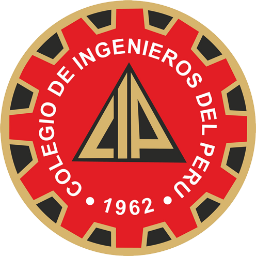-
Unit 1 - Lessons from the past tsunami events and future perspectives 1
-
Unit 2 - Tsunamis: modeling technology and its application for tsunami warning 1
-
Unit 3 - Tsunami Effects on Infrastructure 1
-
Unit 4 - Artificial Intelligence and Remote sensing technology for tsunami damage 1
-
Unit 5 - Modeling tsunami evacuations 1
